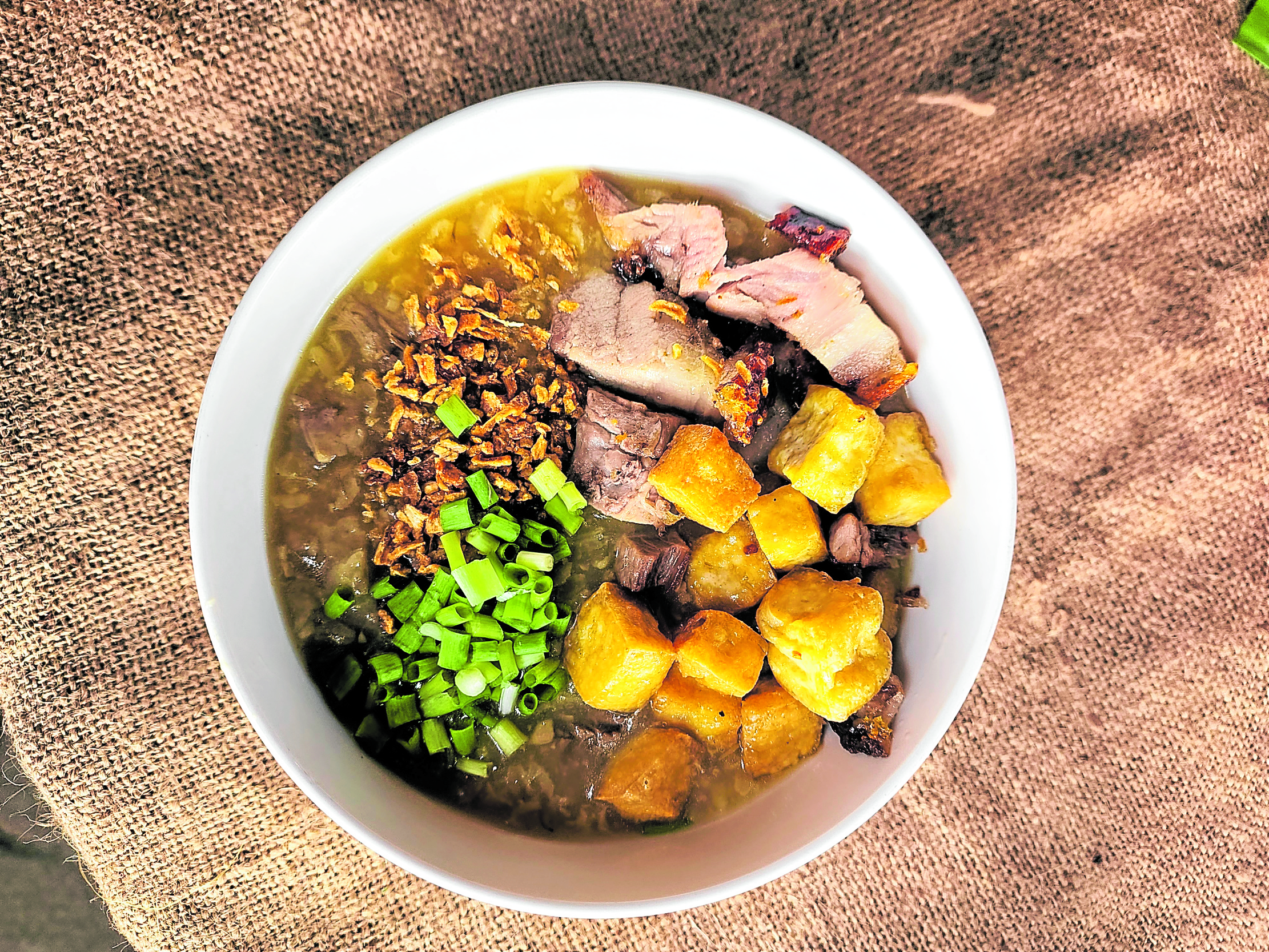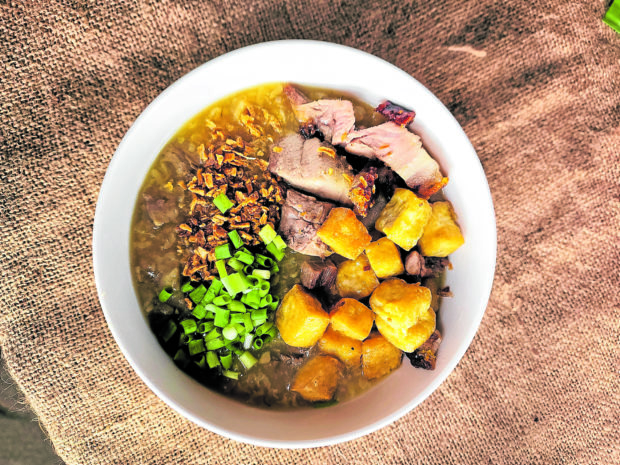
My day spent at the shoe capital of the Philippines was memorable.
Marikina is one of the few remaining cities in the metro that can actually be explored comfortably on foot due to its well-appointed walkways that local folk proudly claim as “real sidewalks for people to use” and that are free of obstructions.
Marikina, with its designated bike lanes, is also a bikers’ haven.
Regardless of how you wish to discover Marikina, one cannot help but notice how clean the city is. It has impressively kept its mystique by preserving its historical sites.
Standing tall and proud is the first bahay na bato built in 1780, the residence of Don Laureano “Kapitan Moy” Guevara, the father of Marikina’s shoe industry.
Just across it is the church that houses the miraculous image of Our Lady of the Abandoned. All over the city, there are as well many old buildings and homes that remain standing tall and proud.
These are but a few of the reasons I chose Marikina as my first day-trip destination for Kitchens of the World Philippines. Kitchens of the World are my personally curated culinary tours all over the Philippines and around the world.
Uniquely Marikeño
On Aug. 30, we discovered the many unknown sights, and shopped and feasted on food that were uniquely Marikeño.
We convened at the church of Our Lady of the Abandoned, then proceeded to the Marikina River for vegetable picking and breakfast by the riverbanks kubo.
There we were welcomed by the Rondalla Marikina, which effortlessly and so beautifully played our native folk songs, which the very talented Marikina Dance Guild danced to.
Our breakfast was prepared by Irma San Miguel, owner of the famed Kusina ni Kambal, a true native of Marikina, who, through her interpretation of their local fare, pays tribute to her beloved hometown.
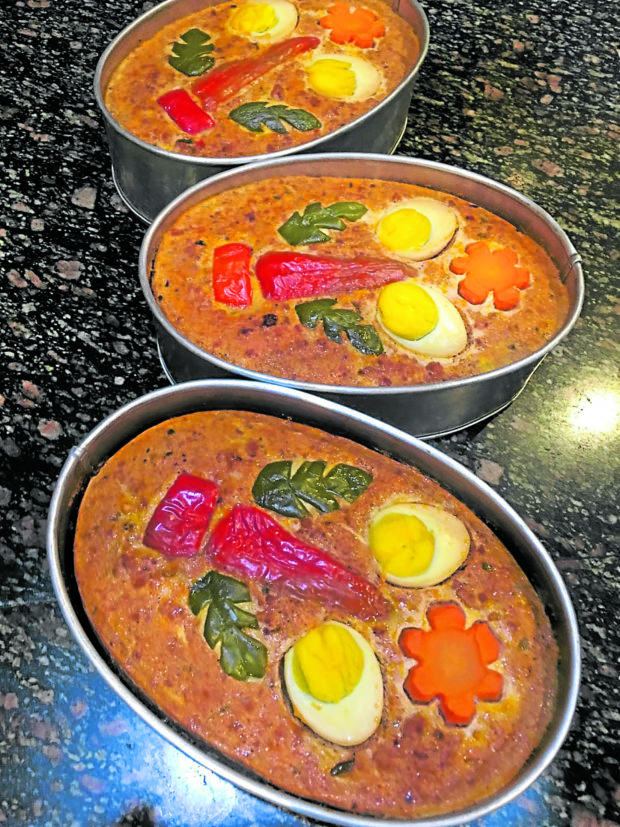
Our breakfast spread consisted of delicious Marikina Goto, Pancit Pinagulong, the best Everlasting, tsokolate at ensaimadang Marikina. All that, apart from individual servings of tapsilog and adobong Marikina in banig-woven food containers.
There were also kakanin of Marikina such as Rochas puto, suman tatsulok, the super kunat Mang Maning’s kuchinta, pinipig pichi-pichi and maja blanca.
We savored native delights in full view of the Marikina River, while being entertained by folk dances like the Katok and the Binasuan. With our overstuffed bellies, we went to see the sights and to shop.
Marikina has so much to offer. It is home to the Relicquarium that houses over a thousand religious relics.
It also has a book museum that displays the world’s smallest book, various artifacts and curiosities like aswang, mananaggal and tikbalang.
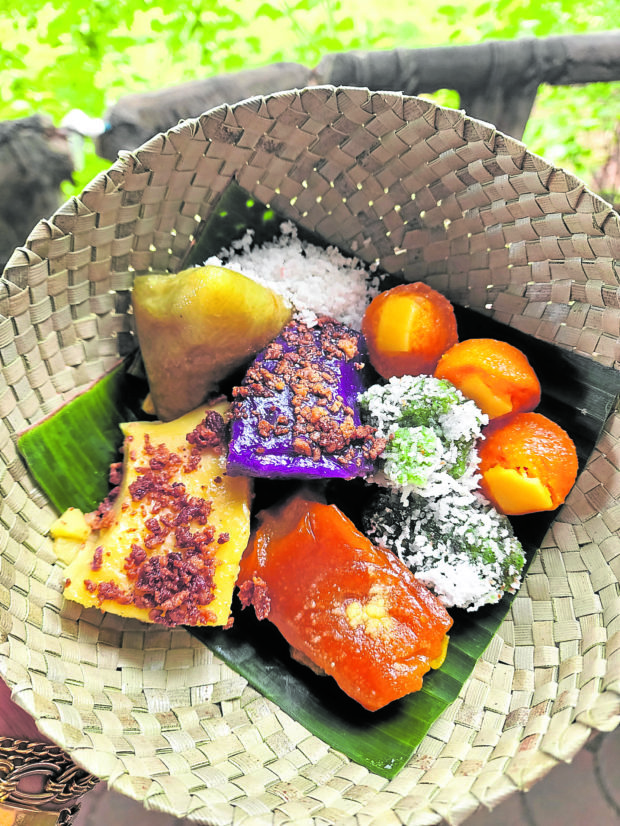
Shoes and specialties
What Marikina is definitely not short on are artisans.
The hatmakers of Lucban Hats churn out many of them, for the patrons of the Ascot races.
Of course, shoe and bag craftsmen are aplenty. Each shoe and bag house showcases their own unique style.
With our thirst to shop quenched, we headed to Kapitan Moy for lunch where a buffet of yet more Marikina specialties awaited us.
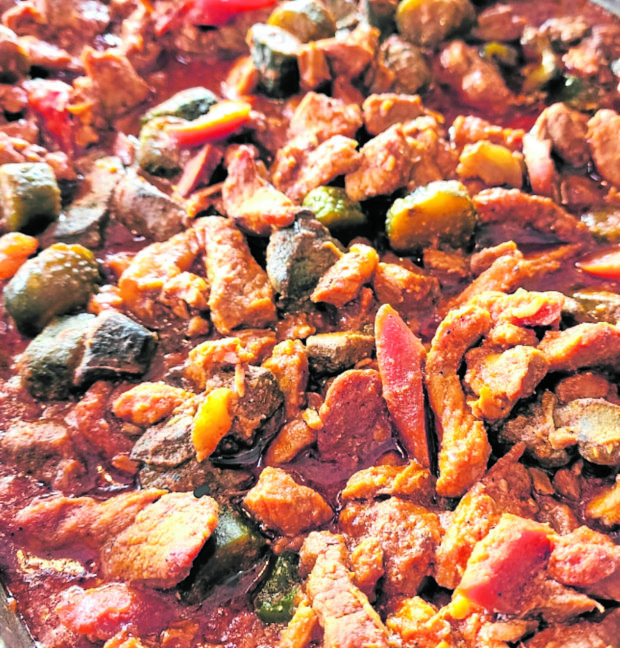
This time, Irma prepared sinigang sa mais, one of my favorite renditions of the dish native to Marikina. There, too, was kare-kare, Marikina lechon, rellenong Marikeño, waknatoy, halo-halo and, of course, Allan’s ice cream served from a sorbetero cart. Allan’s ice creams are so true to the fruit! The avocado is fantastic! The mango is simply the fruit in ice cream form.
After lunch, Irma patiently taught us how some of Marikina’s specialty dishes are made.
After our cooking lesson, merienda was presented. Funny how one of the best versions of Pancit Malabon can be found in Marikina, made by Aling Linda’s Pansit Malabon.
There was Spanish bread from Marikina Bakery. Kusina ni Kambal’s barbecue, turon and ginataang sariwa (that, would you believe, had cucumbers, atis and chico)—all these we enjoyed while sharing in the revelry of the Marikina dance troupe accompanied by the festive music of the Marikina Rondalla.
Aug. 30 was indeed blissful. It was a day filled with new discoveries and much laughter, shared with old friends and new acquaintances, all over an abundance of good food.

I would like to thank the very able Marikina Tourism office, headed by Ponchie Santos, and Irma for her expertise and cooking prowess, who helped make Kitchens of the World Marikina a smashing success!
Irma shared this delectable recipe:
Sinigang Sa Mais
1 Tbsp cooking oil
1 Tbsp garlic,minced
2 pc onions, minced
1 c ripe tomatoes, diced
6 pc white corn, grated
1 pc labanos, cut thinly into rounds
7 pc sitaw, cut into 2 inches long
1 head pechay, finely chopped
½ kg hipon suahe or ulang or pork spareribs
2 c water
Salt and pepper to taste
Sauté garlic, onions, tomatoes in oil. Add grated corn and water. Add hipon, ulang or pork spareribs (cook ribs till tender). Add sitaw, labanos and more water if needed. Season with salt and pepper. Garnish with pechay.
Kusina ni Kambal (tel. 0917-7136490, 0917-8176252); Aling Linda’s Pansit Malabon (tel. 0905-3252946); Allan’s Ice cream (tel. 0905-3290650)
Follow the author at @iamreggieaspiras on Instagram and Facebook; reggieaspiras.com

